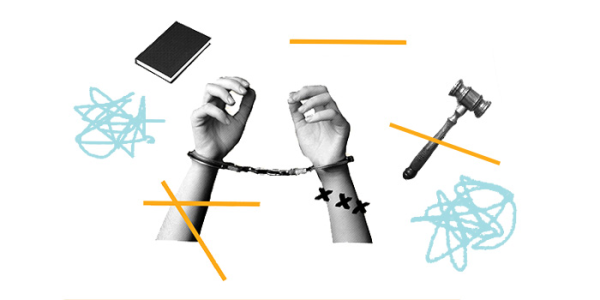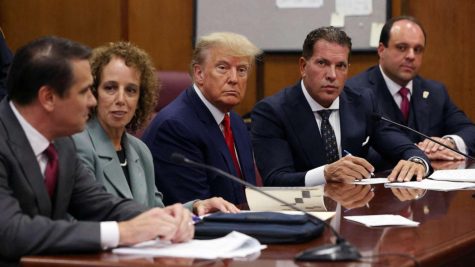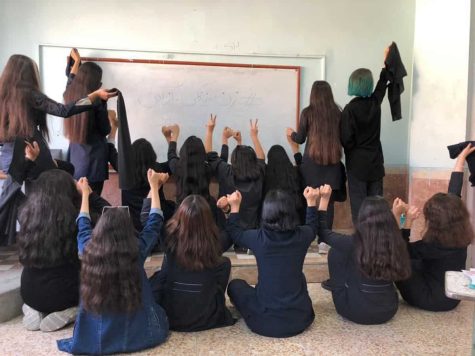The Future of Technology in the Classroom
March 10, 2014
As technology becomes a more central part of life, schools are looking for ways to integrate it into the classroom and education in general. With the passing of Prop AA last year, SDA will undergo a major transformation with technology at the forefront of the new plans starting this year.
The Prop AA bond will pay for the modernization of SDA which will be achieved in parts over the course of the next five years. According to Kevin Fairchild, district teacher on special assignment, the bond covers the cost of what is considered “base level technology” in each classroom. This includes a Wi-Fi connection strong enough to support two devices per student, a digital projector, a sound system, a document camera, and adequate charging capabilities for student devices. In addition, there will be a central location, probably the media center, where computers will be available to check out for the day, said Fairchild.
Fairchild envisions a learning environment in which each students brings his or her own device to school each day or uses a school-owned device.
Fairchild envisions a learning environment in which each students brings his or her own device to school each day or uses a school-owned device. He does not foresee a big problem with home access as SDA transitions to using technology more heavily. As there are only 10% of students in the San Dieguito Unified High School District that only have Wi-Fi access at school, most students should be able to continue school work at home. According to Principal Tim Hornig, the media center may begin to stay open until 6:30 p.m. starting as early as March to ensure student access to computers.
There are many concerns about the increased presence of technology in the classroom. Some teachers and parents wonder how students will be able to focus with laptops and smart phones in use. But, school planners are trying to focus less on the hardware and more on the learning, said Fairchild. He also said that the roles of teachers and school as a whole are changing. With the current “proliferation of information,” students do not need to rely on teachers as much for pure knowledge, he said.
There are a variety of classroom styles which attempt to address this role reversal in education. For example, “flipping” a classroom means that students’ homework is direct instruction through online videos or other sources. Class time then centers around discussion and skill building rather than more traditional lecture style learning.
There are three science teachers at Carmel Valley Middle School who have “flipped” their classrooms. SDA teacher Neal Glasgow tried “flipping” his AP Art History class by providing Kahn Academy videos as homework. Students learned the basic information through the videos allowing for more discussion and analysis during class.
Techniques like this provide a “scaffold to begin, but that’s where the artistry of the teacher and individuality begin,” said Hornig.
According to Fairchild, parents have mixed feelings about such new teaching styles. Parents expect lecture style classes. But once they are explained, most parents are onboard with alternative structures.
As for teachers, Fairchild described them as “cautiously excited” to switch to a more technology based classroom. Most want to see how integrating technology actually works before jumping in and implementing it themselves.
Teachers may not have a choice though as the school shifts to the new Common Core standards. The new standards explicitly include technology; in that way, Common Core will enforce technology’s presence, said Fairchild.
“[We are] trying to change the learning dynamic to be more in line with what you [students] do all day,” said Hornig.









